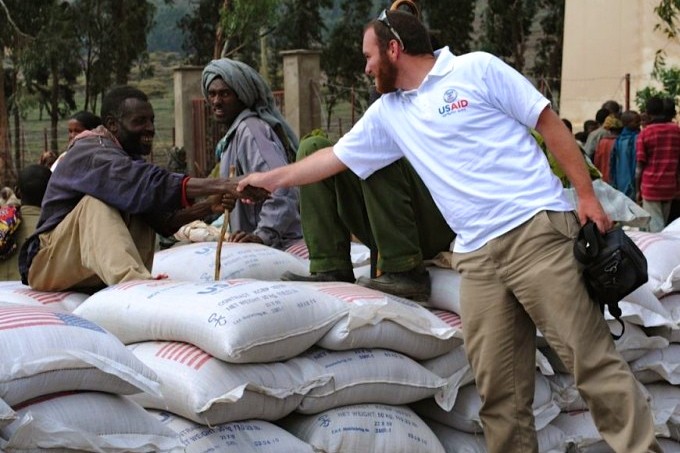
Stability in Ethiopia is important not only to the people of Ethiopia, but also to the region as a whole. We encourage government and civil society to collaborate on improving conflict management policies and practices at the local, regional and national levels. We also ensure that women are empowered to play a role in peace building.
At the state level, our efforts increase focus on knowledge and skills essential to improve conflict management and sustainable development, such as land use, planning and natural resource management. At the regional level, we promote efforts to manage conflict and promote development along state boundaries. We also focus on inclusive, conflict-sensitive humanitarian responses and development planning to reduce local tensions and violence.
Training at universities has reduced the number of conflicts on campuses, resulting in the Ministry of Federal Affairs incorporating peer mediation into a peace building strategy that is now being implemented at 22 federal universities. Improved relationships between ethnic groups and clans have reduced localized violence—specifically livestock rustling—and increased the sharing of grazing lands and water points.
Humanitarian Assistance
Ethiopia's population remains highly vulnerable to perennial environmental shocks, including flooding, drought, volcanic activity, disease outbreaks, and crop losses associated with locust and army worm infestations. Additionally, localized conflict and resultant population movements strain limited local resources, further impacting food security, nutrition and water availability in affected. To save lives and reduce suffering, We provide emergency food aid, emergency relief supplies, therapeutic feeding for malnutrition, protection for vulnerable populations, and water and sanitation improvements to vulnerable populations. Between 2015 and 2016, our humanitarian assistance supported food distributions to nearly five million Ethiopians and refugees in need of emergency food assistance, as well as provided more than $104 million to respond to non-food emergencies.
Building Resilience
Aspire: Building Resilience in the Ethiopian Highlands ![]() (pdf - 13 MB)
(pdf - 13 MB)
We collaborate with the Government of Ethiopia, international organizations, U.N. agencies, and other donors to respond to disasters in a timely manner and increase Ethiopians’ ability to withstand the effects of shocks. For the strongest response to these crises, USAID created the Horn of Africa Resilience Network, bringing together relief and development teams to identify ways to layer, sequence and integrate humanitarian assistance and development programs around the shared goal of building resilience. The network has developed plans focused on the region’s worst hit areas and aims to benefit directly 10 million people and to reduce the region’s emergency caseload by one million people by 2017. In April 2012, we, together with more than 51 donor and international development partners, led the formation of the Global Alliance for Action for Drought Resilience and Growth in response to a call from heads of state from East Africa’s Intergovernmental Authority on Development to end recurrent drought emergencies in the Horn. The alliance brings together relief and development actors and resources to take joint action in support of effective country-led plans, with an emphasis on building resilience and promoting economic growth in the Horn of Africa and the Sahel. We serve as the “convener” for the alliance.
Some of USAID's activities designed to build resilience in Ethiopia:
Water and Conflict Toolkit ![]() (pdf - 6 MB)
(pdf - 6 MB)
-
Building Pastoralist Resilience Network in Southern Ethiopia: Provide access to sustainable clean water and facilitate healthy hygiene and sanitation behavior for 8,000 people by fostering local stakeholder collaboration while garnering support for women-led innovation.
-
Pastoralist Areas Resilience Improvement and Market Expansion: Contribute to increased growth with resiliency in Ethiopia by promoting practical applications of livelihoods information and providing inputs to the decision-making process both on the emergency response and development planning sides.
-
Productive Safety Net Program: Transfer resources to chronically food-insecure households through food-for-work programs that engage recipients in public works activities focused on the development of community resources.
Featured Articles
-
Bringing Safe Water to Ethiopia [Transforming Lives]
-
Ethiopians Gain Greater Access to Safe Water [Transforming Lives]
-
Catching Ethiopians Before They Fall [Frontlines]
-
Peace Brokers [Frontlines]
-
Aid Effectiveness and USAID's New Resilience Policy [USAID Impact Blog]
-
Technology Builds Resilience Among Pastoralists [Transforming Lives]
Related Resources
-
(Re)assessing the Relationship Between Food Aid and Armed Conflict [PDF, 171KB]
-
Technical Brief: Resilience-Building in the Afar National Regional State, Ethiopia [PDF, 453KB]
-
Resilience in Africa's Drylands: Revisiting the Drought Cycle Management Model [PDF, 899KB]
-
Horn of Africa Joing Planning Cell Annual Report 2013 [PDF, 2MB]
-
USAID Policy and Program Guidance: Building Resilience to Recurrent Crisis, [PDF, 560 KB]
-
Global Alliance for Action for Drought Resilience and Growth, [PDF, 76 KB]
-
The Resilience Agenda: Helping Vulnerable Communities Emerge from Cycles of Crisis onto a Pathway Toward Development, [PDF, 301 KB]
Related News
-
The United States Announces Additional Humanitarian Assistance for Ethiopia (August 19, 2016)
-
USAID Announces Nearly $128 Million in Additional Humanitarian Aid to Ethiopia (May 13, 2016)
-
USAID Deploys Disaster Assistance Response Team to Ethiopia for Drought Response (March 3, 2016)
-
USAID Supports Financial Service Expansion in Somali Region (February 25, 2016)
-
USAID-Supported Jijiga Export Slaughter House (JESH) Will Connect Pastoralists With International Markets (February 25, 2016)
-
United States Announces Nearly $100 Million in Additional Food Assistance for Ethiopia (January 31, 2016)
-
United States Announces $88 Million in Humanitarian Aid for Ethiopia (December 18, 2015)
-
USAID Project Highlights Successes in Building Resilience for Ethiopian Pastoralists (November 18, 2015)
-
USAID Support Enhances Borena Pastoralists' Resilience and Livelihoods (November 3, 2015)
-
USAID Launches Activities to Enhance Resilience to Climate Change (March 18, 2015)
-
USAID Water Activity Launches New Water Systems in Somali Region of Ethiopia (November 18, 2014)
-
Desalination Plant Opens in Afdera (January 15, 2014)
-
USAID and the City of Addis Ababa to Strengthen Preparedness and Response for Urban Disasters (November 13, 2013)
-
USAID Launches Camel Milk Project in Somali Region (April 25, 2013)
-
Remarks by Nancy Lindborg: Drought Resilience and Sustainability: First General Assembly of the IGAD Regional Platform (February 23, 2013)
-
USAID Launches New Program for Pastoralist Resilience Improvement and Market Expansion (December 18, 2012)








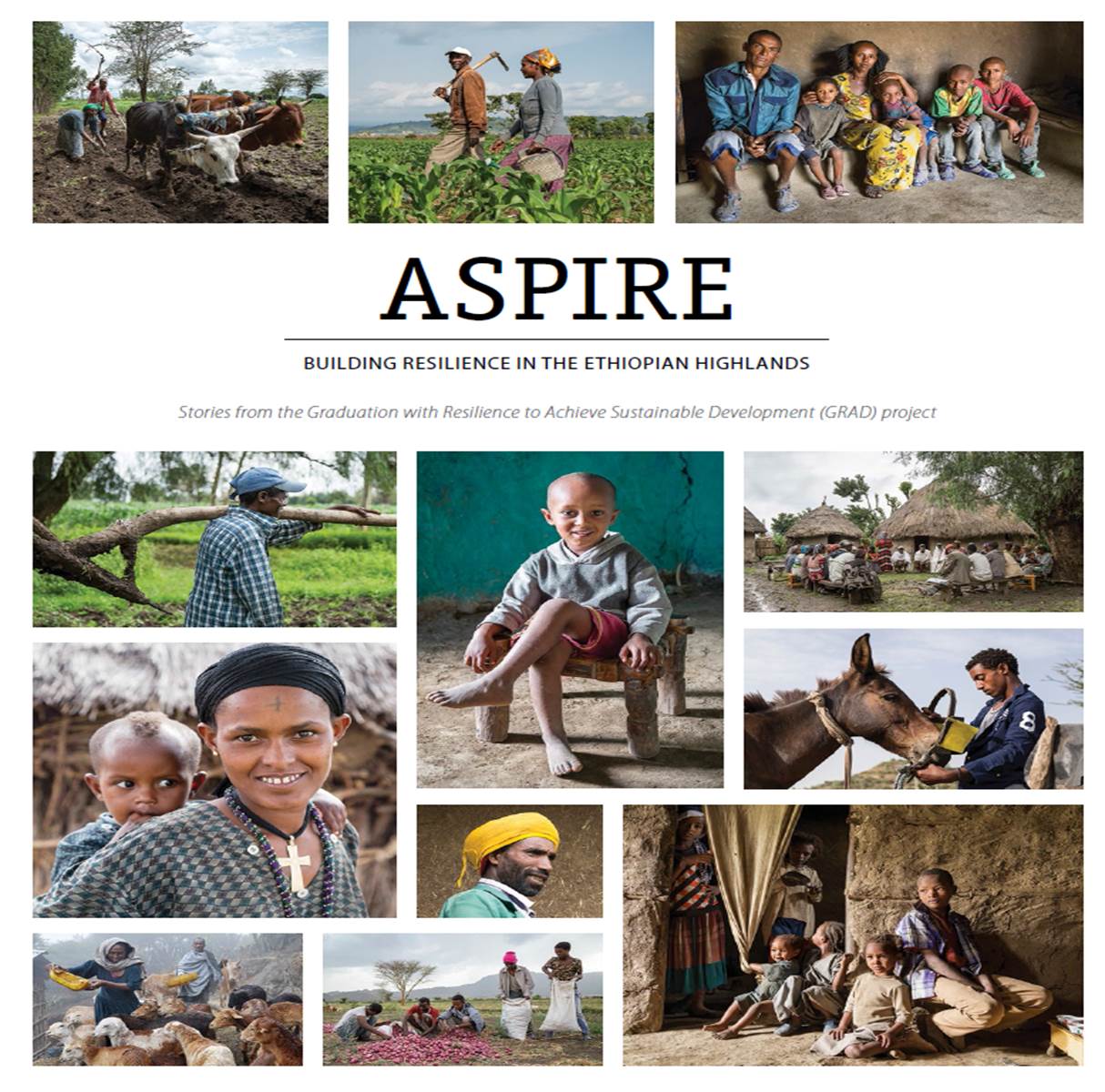
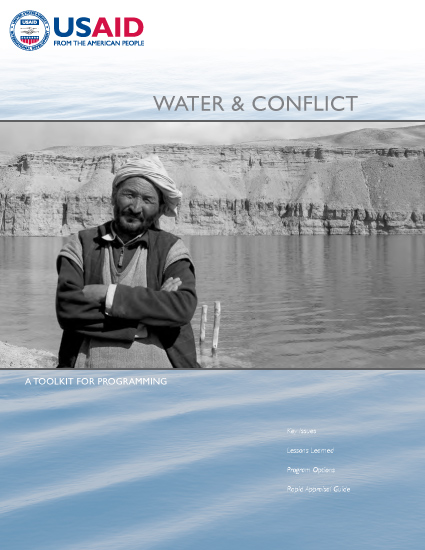
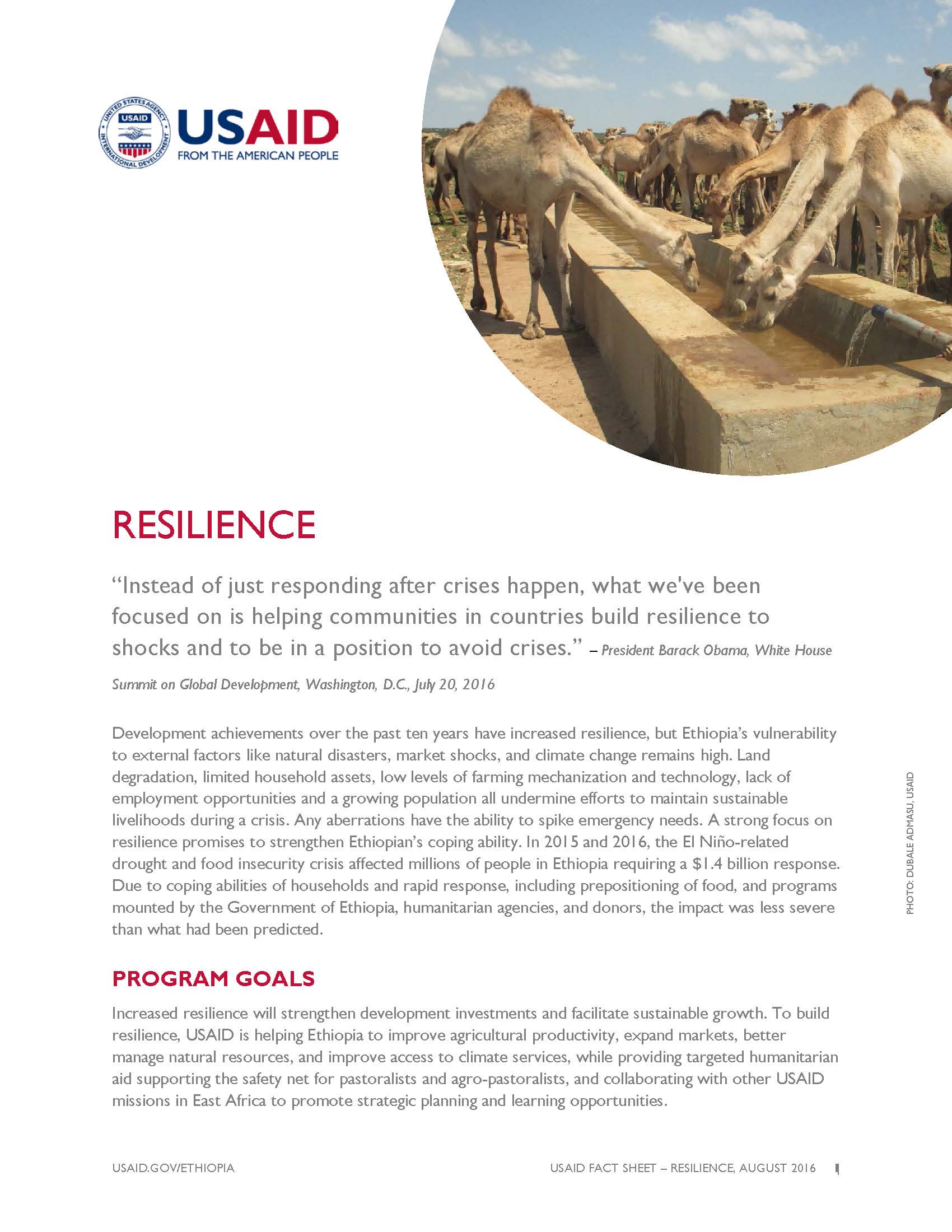
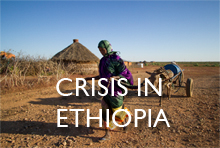
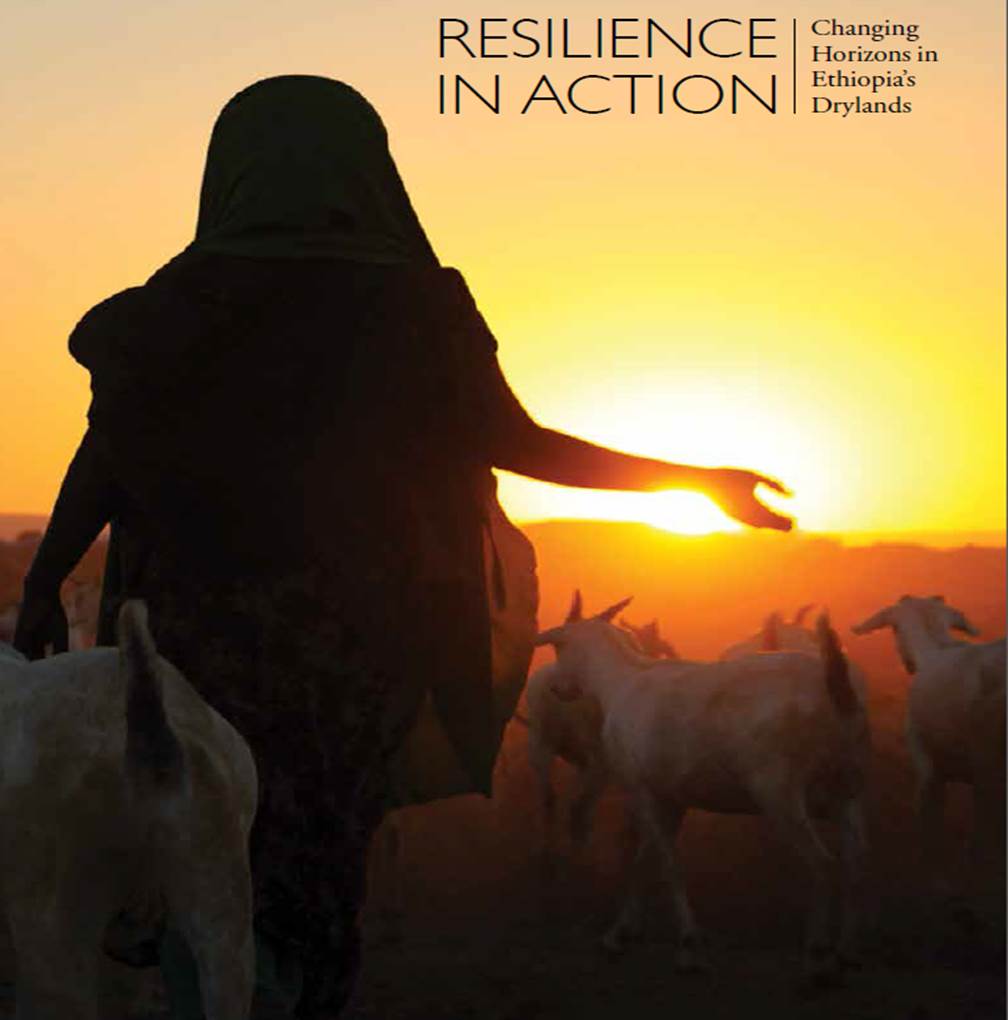
Comment
Make a general inquiry or suggest an improvement.